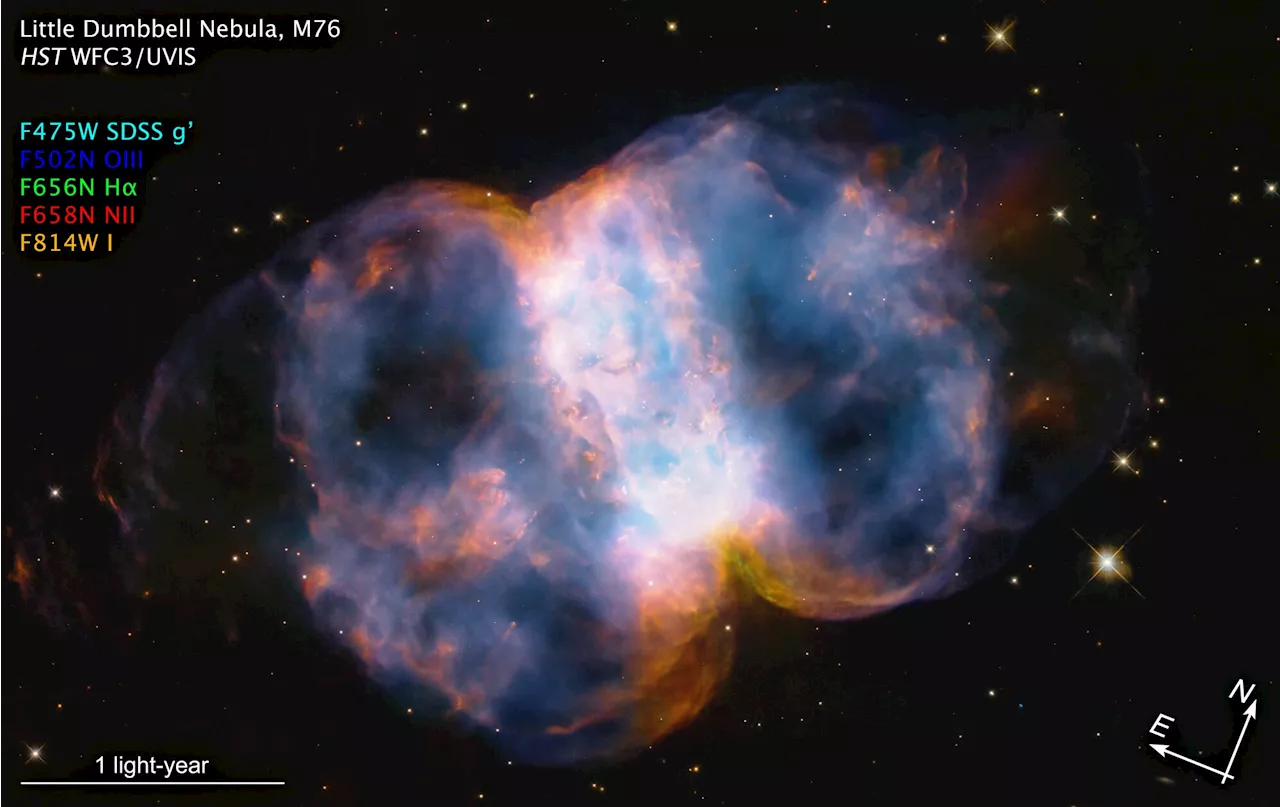In celebration of the 34th anniversary of the launch of NASA's legendary Hubble Space Telescope on April 24, astronomers took a snapshot of the Little Dumbbell Nebula (also known as Messier 76, M76, or NGC 650/651) located 3,400 light-years away in the northern circumpolar constellation Perseus.
Hubble celebrates 34th anniversary with a look at the little dumbbell nebula retrieved 23 April 2024 from https://phys.org/news/2024-04-hubble-celebrates-34th-anniversary-dumbbell.html
This document is subject to copyright. Apart from any fair dealing for the purpose of private study or research, no part may be reproduced without the written permission. The content is provided for information purposes only.Use this form if you have come across a typo, inaccuracy or would like to send an edit request for the content on this page. For general inquiries, please use ourThank you for taking time to provide your feedback to the editors.
Your feedback is important to us. However, we do not guarantee individual replies due to the high volume of messages.to let the recipient know who sent the email. Neither your address nor the recipient's address will be used for any other purpose. The information you enter will appear in your e-mail message and is not retained by Phys.org in any form.Get weekly and/or daily updates delivered to your inbox.
Physics News Science News Technology News Physics Materials Nanotech Technology Science
United States Latest News, United States Headlines
Similar News:You can also read news stories similar to this one that we have collected from other news sources.
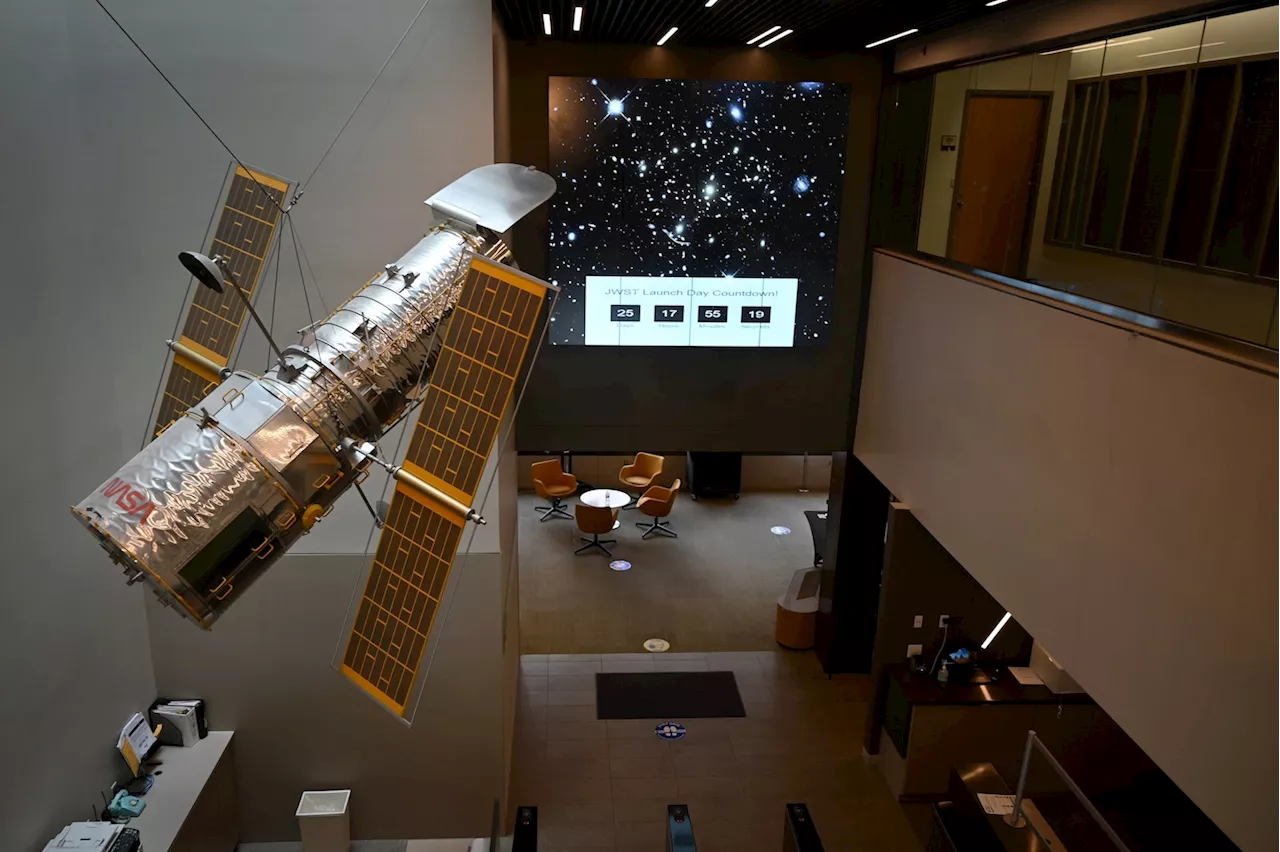 NASA releases free e-book on Hubble space mysteriesData from the Hubble Space Telescope has enabled scientists to better understand the invisible universe.
NASA releases free e-book on Hubble space mysteriesData from the Hubble Space Telescope has enabled scientists to better understand the invisible universe.
Read more »
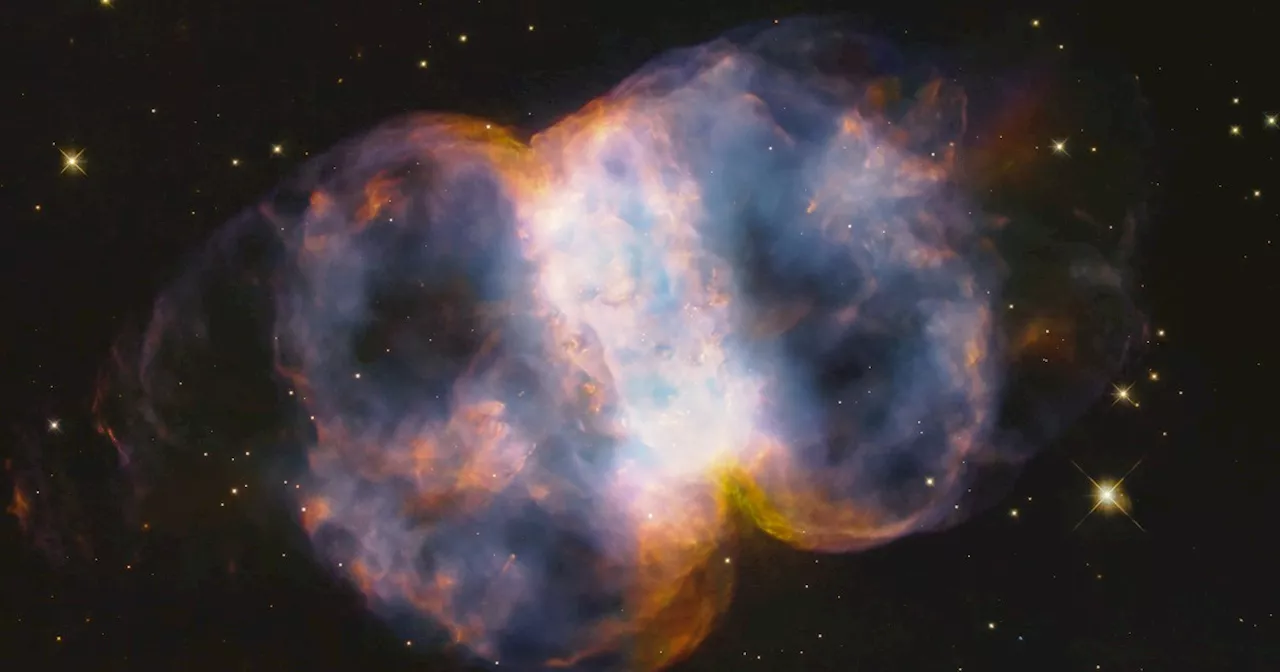 Celebrate Hubble’s 34th birthday with this gorgeous nebula imageTomorrow is the 34th anniversary of the launch of the Hubble. To celebrate, Hubble scientists have shared an image of the striking Little Dumbbell Nebula.
Celebrate Hubble’s 34th birthday with this gorgeous nebula imageTomorrow is the 34th anniversary of the launch of the Hubble. To celebrate, Hubble scientists have shared an image of the striking Little Dumbbell Nebula.
Read more »
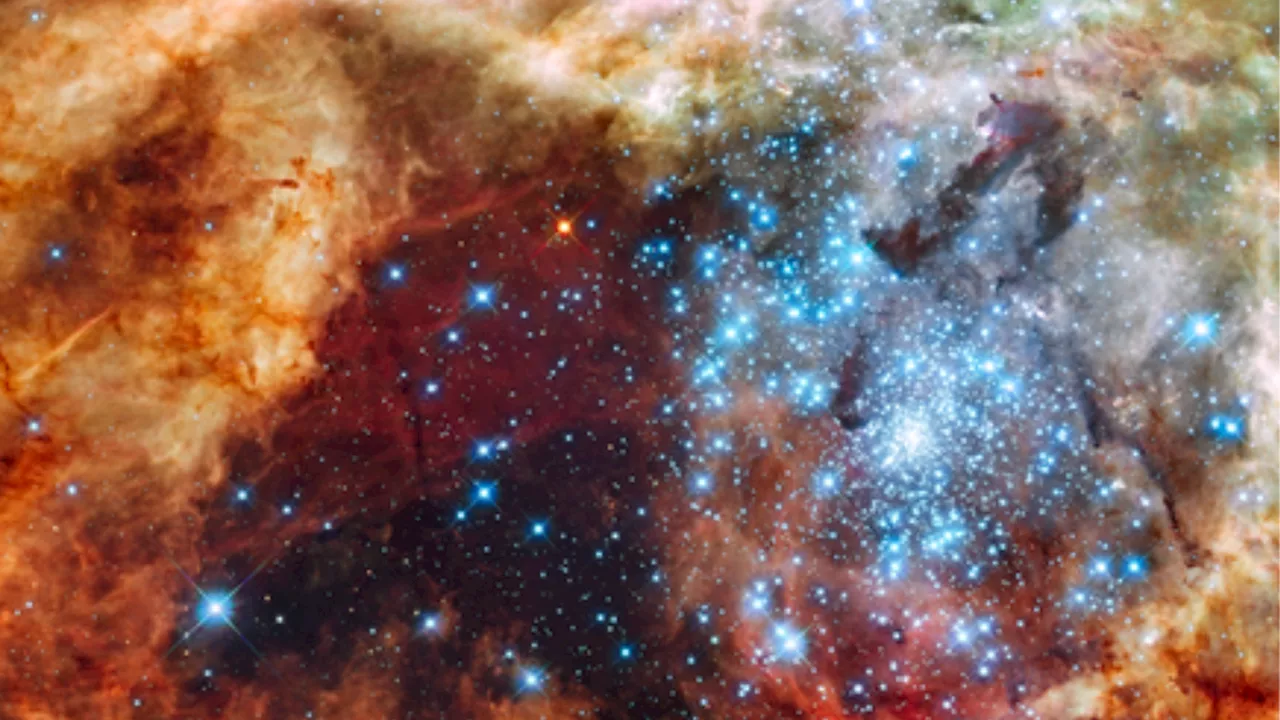 Hubble Space Telescope finds bucket of cosmic Easter eggs — 500 blue and red starsRobert Lea is a science journalist in the U.K. whose articles have been published in Physics World, New Scientist, Astronomy Magazine, All About Space, Newsweek and ZME Science. He also writes about science communication for Elsevier and the European Journal of Physics. Rob holds a bachelor of science degree in physics and astronomy from the U.K.
Hubble Space Telescope finds bucket of cosmic Easter eggs — 500 blue and red starsRobert Lea is a science journalist in the U.K. whose articles have been published in Physics World, New Scientist, Astronomy Magazine, All About Space, Newsweek and ZME Science. He also writes about science communication for Elsevier and the European Journal of Physics. Rob holds a bachelor of science degree in physics and astronomy from the U.K.
Read more »
 Three-year study of young stars with NASA's Hubble enters new chapterIn the largest and one of the most ambitious Hubble Space Telescope programs ever executed, a team of scientists and engineers collected information on almost 500 stars over a three-year period. This effort offers new insights into the stars' formation, evolution, and impact on their surroundings.
Three-year study of young stars with NASA's Hubble enters new chapterIn the largest and one of the most ambitious Hubble Space Telescope programs ever executed, a team of scientists and engineers collected information on almost 500 stars over a three-year period. This effort offers new insights into the stars' formation, evolution, and impact on their surroundings.
Read more »
 Distant 'space snowman' unlocks mystery of how some dormant deep space objects become 'ice bombs'Researchers found that the double-lobed object, which is officially named Kuiper Belt Object 486958 Arrokoth and resembles a snowman, may have ancient ices stored deep within it from when the object first formed billions of years ago.
Distant 'space snowman' unlocks mystery of how some dormant deep space objects become 'ice bombs'Researchers found that the double-lobed object, which is officially named Kuiper Belt Object 486958 Arrokoth and resembles a snowman, may have ancient ices stored deep within it from when the object first formed billions of years ago.
Read more »
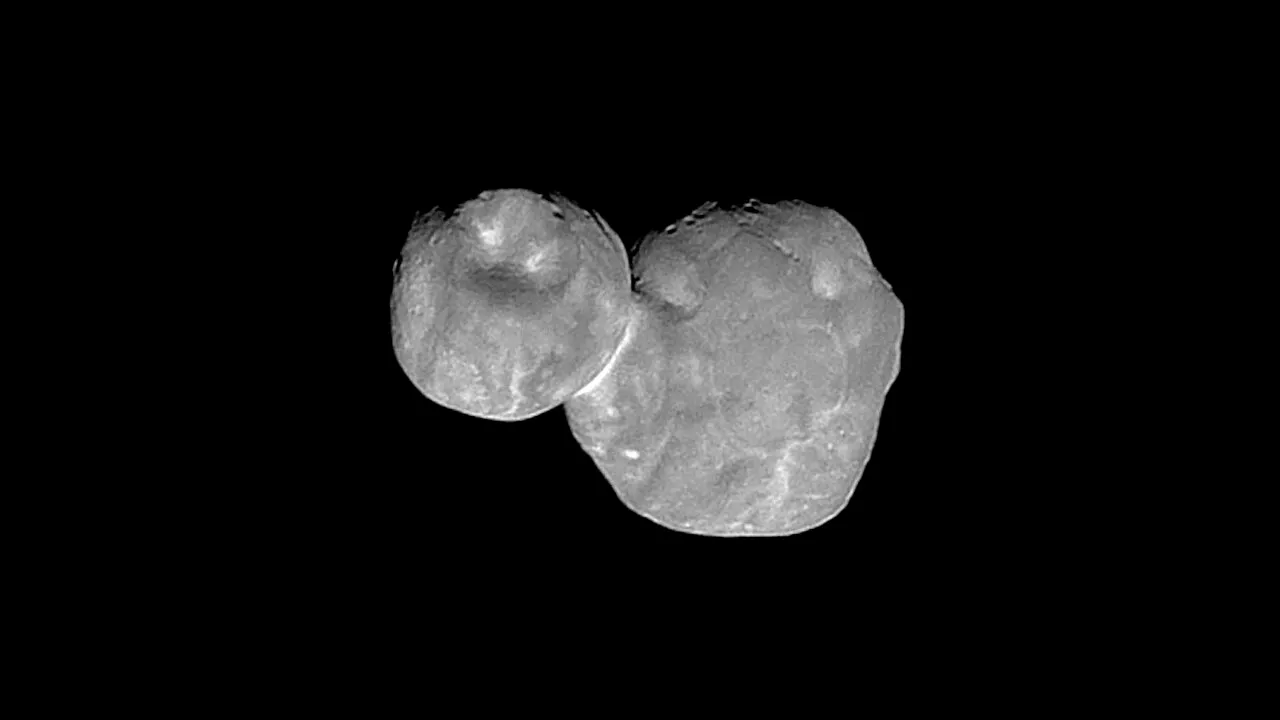 Distant 'space snowman' unlocks mystery of how some dormant deep space objects become 'ice bombs'A new study is shaking up what scientists thought they knew about distant objects in the far reaches of the solar system, starting with an object called the space snowman.
Distant 'space snowman' unlocks mystery of how some dormant deep space objects become 'ice bombs'A new study is shaking up what scientists thought they knew about distant objects in the far reaches of the solar system, starting with an object called the space snowman.
Read more »
